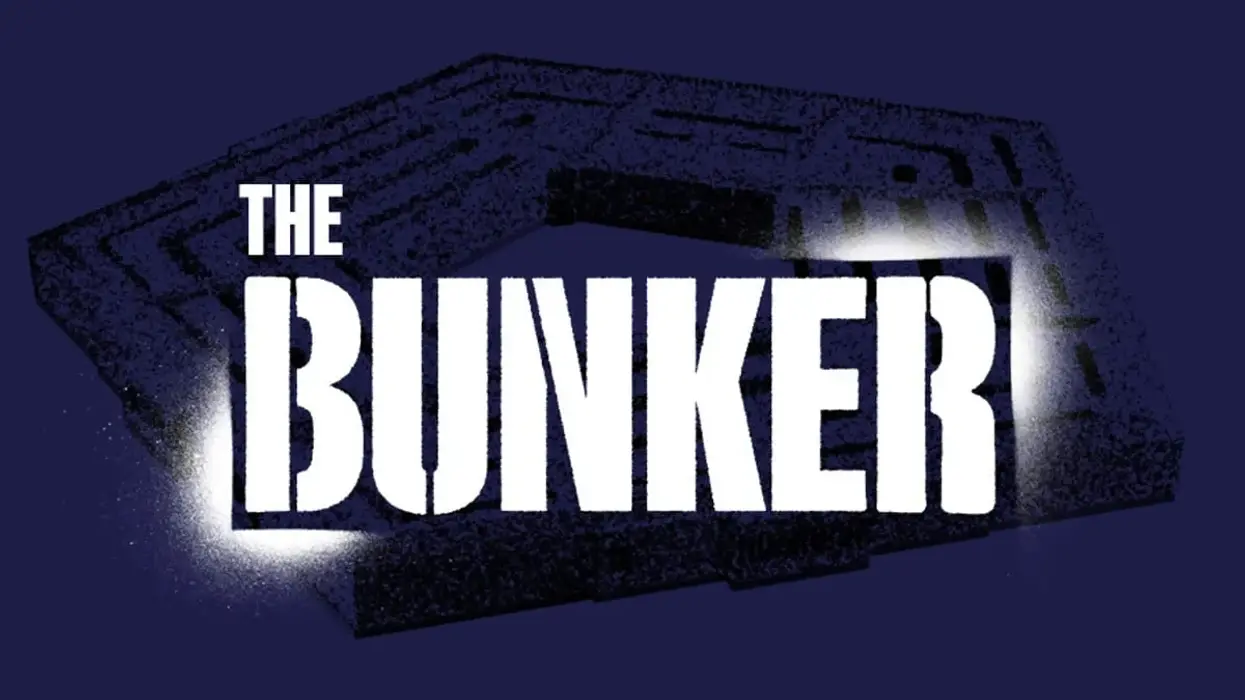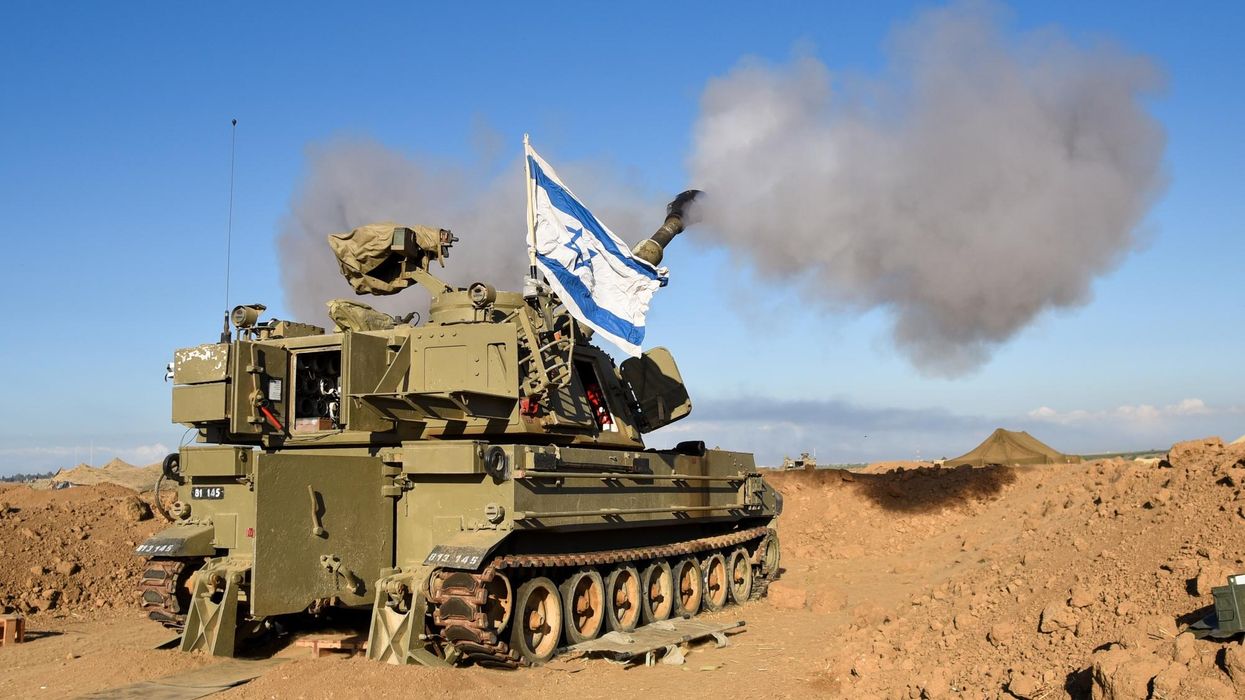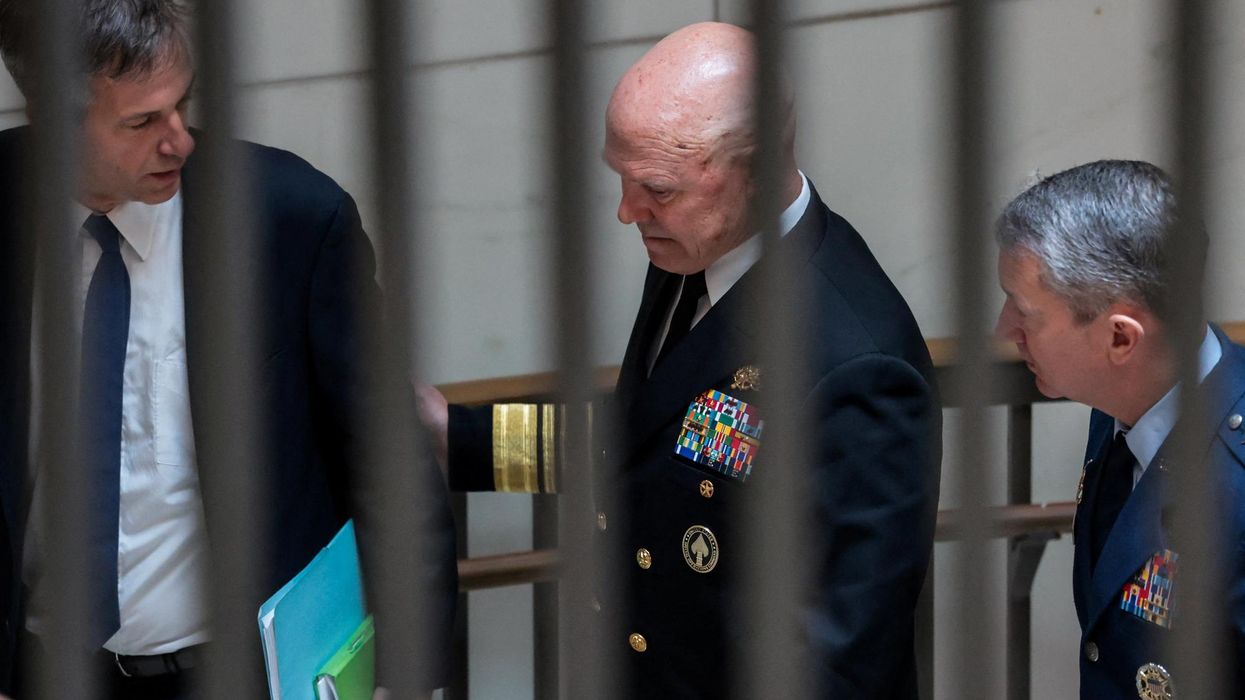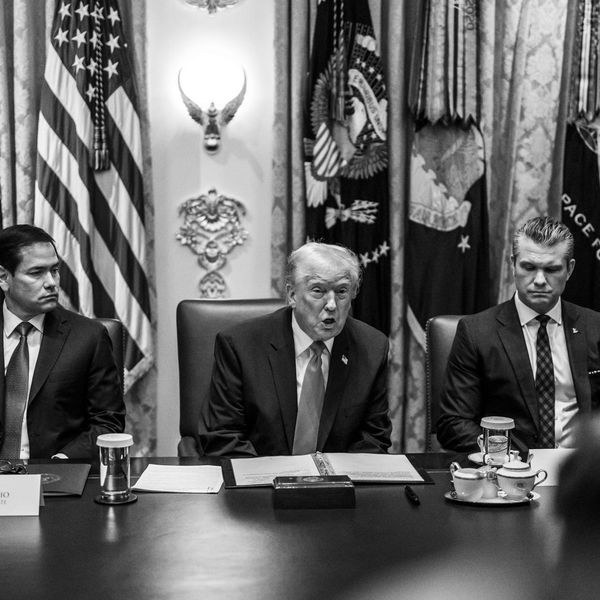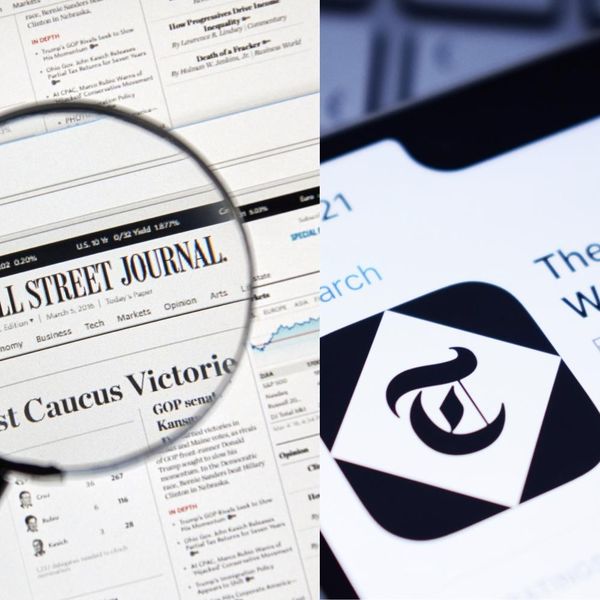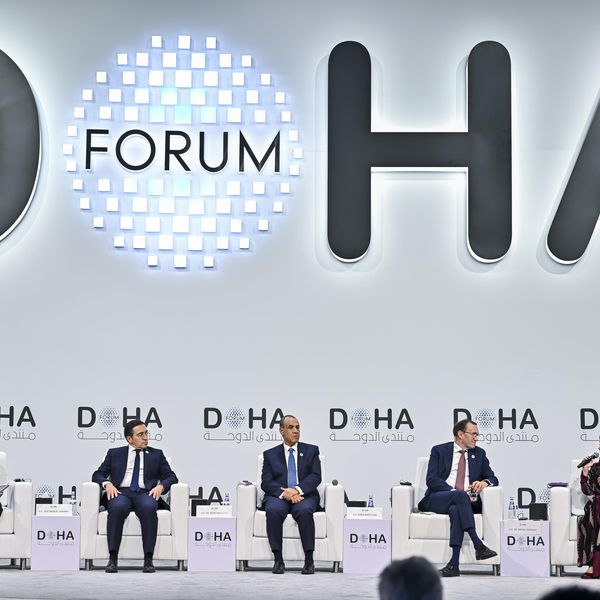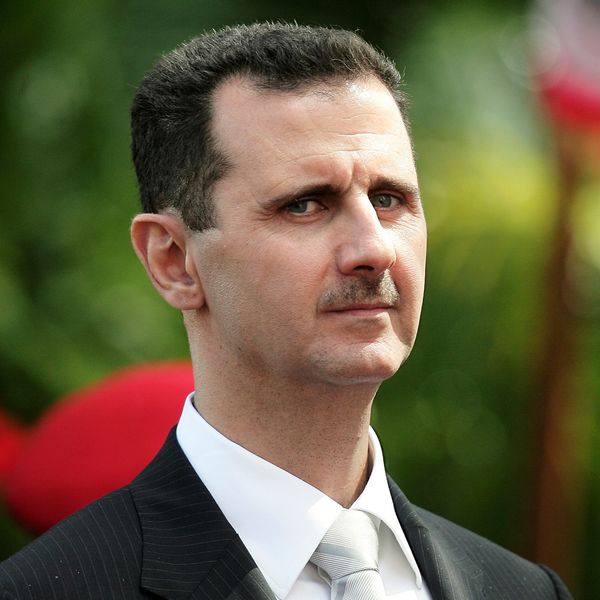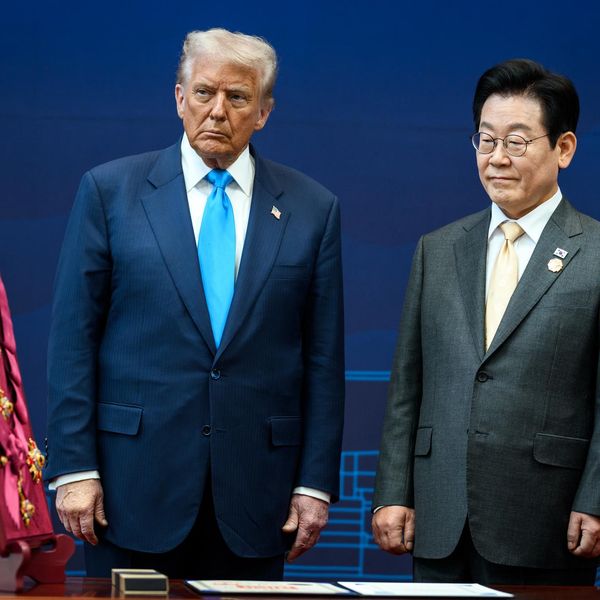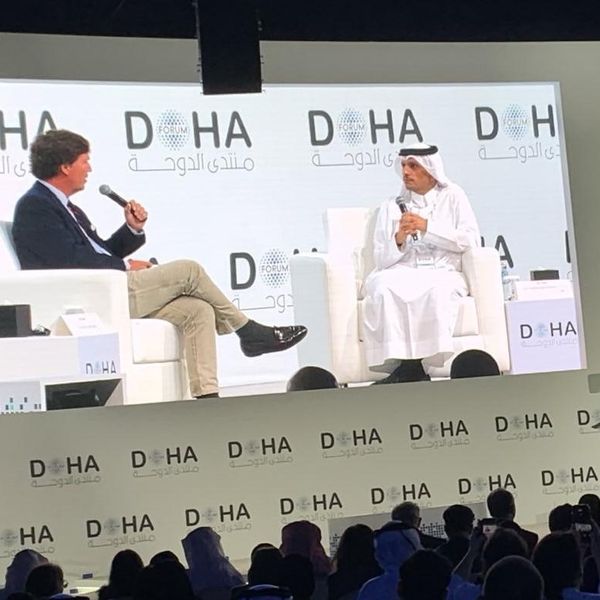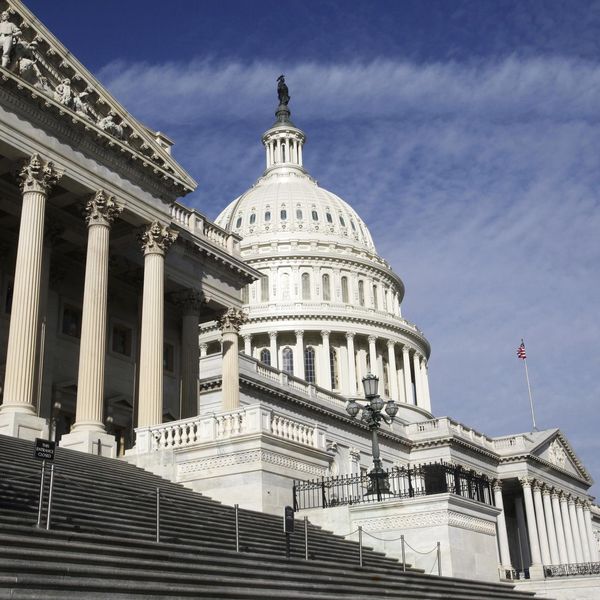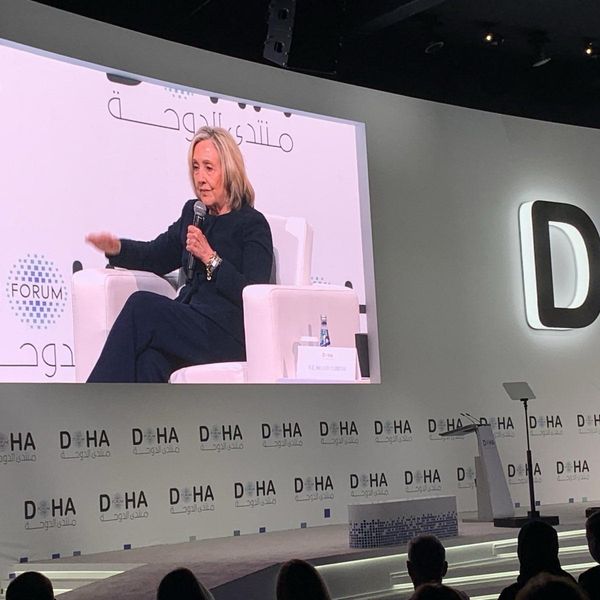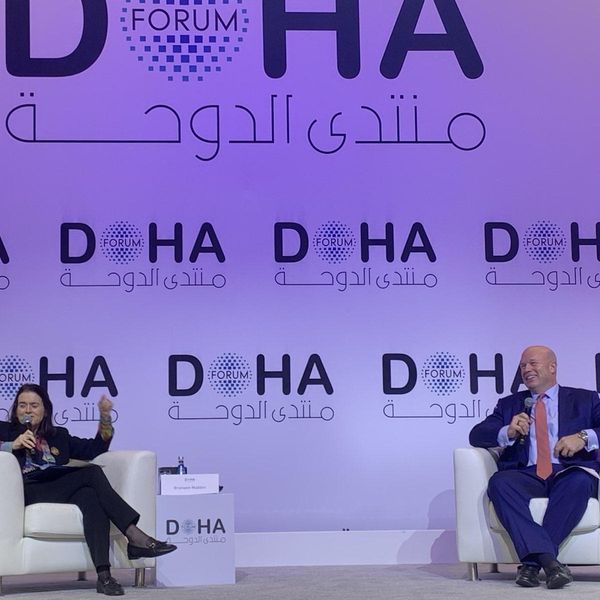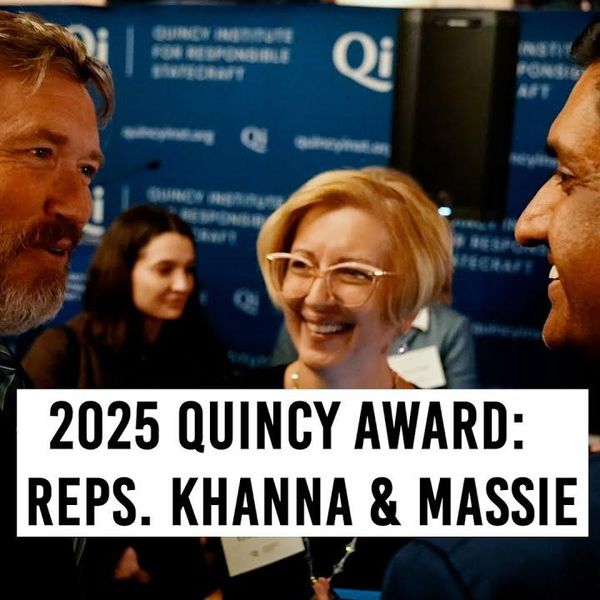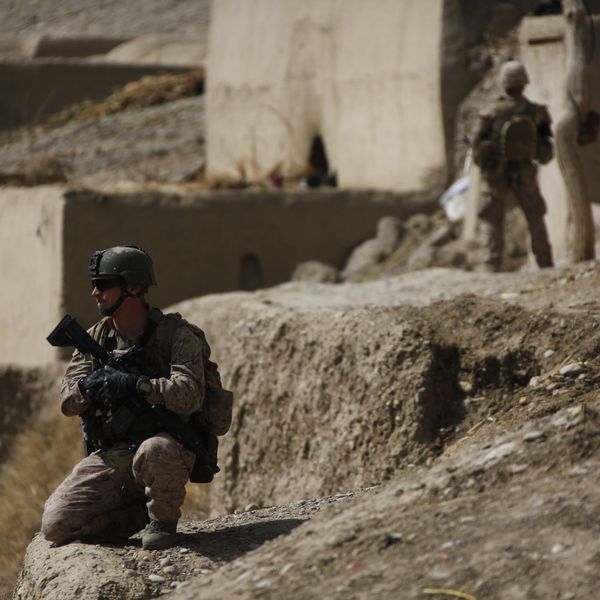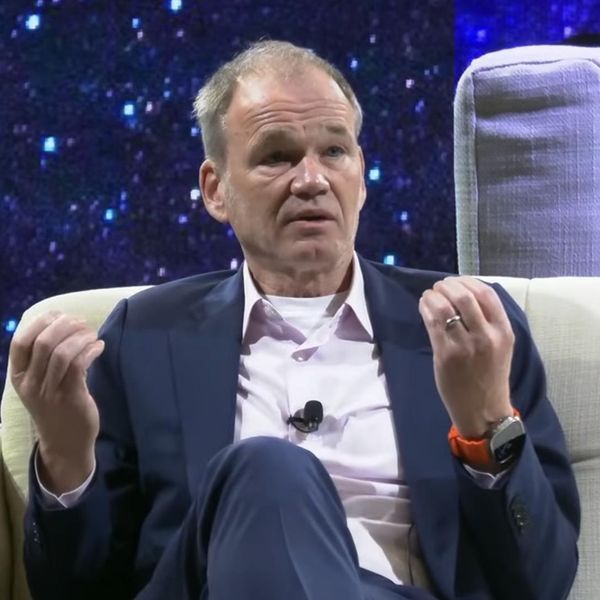News of progress in indirect talks between the United States and Iran in Vienna has raised anxiety among the nuclear deal’s opponents both in Washington and in Tehran. They fear that getting back to the Iran nuclear deal (Joint Comprehensive Plan of Action or JCPOA) too quickly is bad for their side and are therefore urging their respective governments to abandon the talks. Curiously, both sides base their arguments on the state of Iran’s economy.
U.S. hawks argue that former President Donald Trump’s maximum pressure campaign against Iran’s economy since 2018 is about to bear fruit. The economy is sinking as we speak and removing sanctions while “Iran is on its knees” is a waste of the so-called leverage Trump has gifted to his successor.
The conservatives in Iran believe the opposite, that the economy is on its way out of the recession and in future will be more resilient to sanctions. They argue that waiting would strengthen Iran’s hand and remove any doubt that Iran is talking to Washington, however indirectly, because it is buckling under sanctions.
So, is the economy sinking or pulling out of the recession? Fortunately, there is data to answer this question without falling on partisan talking points.
National income data published recently offer no support for the view of a sinking economy. If anything, they point to a weak economic recovery. The latest estimates of Iran’s GDP for the past fall quarter (September 21 to December 20, 2020) published by Iran’s Central Bank and the country’s Statistical Center show non-oil GDP grew by about 1 percent relative to the same quarter a year ago. A similar growth rate is observed for a comparison of the first three quarters. (The two agencies publish separate but closely related estimates of national accounts.)
Reports of rising oil exports from Iran in recent months — up to 800,000 barrels per day — suggest that Iran may have finished the fiscal year that ended on March 20, 2021, with a small gain. This is at least what the IMF has concluded. Its forecasts published in the World Economic Outlook for April puts Iran’s GDP growth for the fiscal year that just ended at 1.5 percent, followed by modest growth rates of 2.5 percent for 2021 and 2.1 percent in 2022.
Curiously, the evidence to argue that the economy is sinking comes from the same IMF report — that Iran’s foreign reserves fell from $122.5 billion in 2018 to $4 billion in 2020. An article in Newsweek, penned by Mark Dubowitz and Jacob Nigel of the Foundation for Defense of Democracies, notes this as evidence of the leverage that the Biden administration is throwing away by negotiating with Iran. Sen. Lindsey Graham, a top Republican opponent of the JCPOA, sees this as Biden's bailout of Iran. Jay Solomon of the Wall Street Journal tweeted this as evidence of “a stunning collapse of the country’s wealth.” Former Secretary of State Mike Pompeo opined that the IMF data proves wrong those who argued that Trump’s maximum pressure campaign would not work. The New York Post quotes him as saying: “of course it did — $123 billion of foreign exchange in 2018, $4 billion left for Iran. We took away 95 percent of the Iranian foreign exchange reserves in just two and a half years.”
If the IMF numbers were taken at face value, these JCPOA critics would be right and Iran would indeed be facing an imminent crisis. With less than a month’s worth of foreign reserves, a run on its currency would be inevitable, with galloping inflation and shortages of food, medicine, and other essential imports not far behind.
But none of these other things are happening, so the $4 billion number is not what it seems to be. For starters, why would IMF fail to notice the coming collapse and predict economic recovery instead?
As an article in Bourse and Bazaar explained, the $4 billion figure is an estimate of Iran reserves that the IMF reached assuming that sanctions had put 90 percent of the reserves out of Iran’s reach, a claim that the governor of Iran’s Central Bank, Abdolnasser Hemmati, rejected.
In 2018, when the JCPOA made greater transparency in Iran’s international transactions possible, the Central Bank put the total value of its foreign reserves at $122.5 billion. After Trump’s maximum pressure campaign, Iran lost access to some of these reserves, but no one knew exactly how much. The IMF assumed that only 10 percent of the reserves were available and adjusted their estimate to $12.4 billion for 2019. The 2020 number, which has excited quite a few people, adjusts this number down to $4 billion after subtracting Iran’s 2019 balance of payments deficit of $8.4 billion.
Serious observers of Iran’s economy would want to know how the news of the collapse of Iran’s reserves is affecting Iran’s free currency market. There, to their surprise, they would find that speculators have been pushing up the value of the rial instead of dumping it. Since October, Iran’s currency has gained 17 percent in the free market, trading this month at under 250,000 rials to the U.S. dollar compared to 300,000 rials in October.
The gain in the rial is even more pronounced if we consider the fact that Iran’s inflation is much higher compared to its trading partners. Inflation has slowed since October, when it peaked at an annual rate of 85 percent, but it is still running at a 30 percent annual rate. Taking this inflation into account, Iran’s currency has gained one third in value in real terms since October.
The trends that Iranian conservatives are citing to argue that the worst is over for the economy, started well before the Vianna talks got underway. They believe that, if the talks fail, they will be back to building the resistance economy.
This is not to say that Iran will not bear any cost by walking away from the Vienna talks. Economic stagnation in Iran will continue because domestic resources are insufficient to cover beyond wear and tear of the capital stock. The pressure on Iran’s poor and the middle class will continue as would the pandemic.
A serious economic recovery to restore a decade of economic growth lost to sanctions would require ensuring access to the global economy. This should be Iran’s right, now that U.N. sanctions have been lifted. Iran’s leadership may be disunited on how to use the global economy — whether to reconnect to the West or move East — but it is united that, at this time, growing the economy is more important for the country than enriching uranium to 60 percent.


